Plastic is pretty much everywhere these days. It is handy stuff and can be used for all sorts of purposes and in all sorts of products. Unfortunately, it is not the unalloyed pleasure that it appears to be and has a whole stack of problems associated with its use. For a summary of those problems, check the article here. Of course, this begs the question of what we as members of the public can do about it, and we can use the six ‘R’s (seven if you count ‘Record’) to help us work out how to deal with plastic waste.
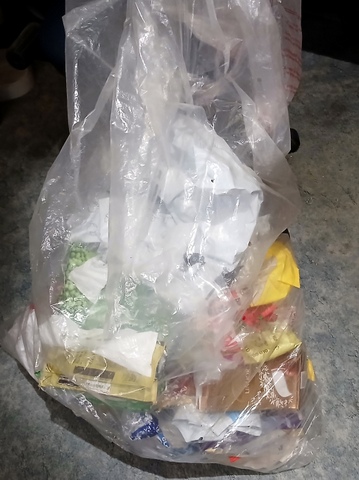
It used to be the “3 R’s”. From what I have read the “3 R's”: Reduce, Reuse, and Recycle were developed in the 1970s as part of a logo by University of Southern California senior Gary Anderson. It was developed as a result of the passing of the US Resource Conservation and Recovery Act in 1976, and growing environmental awareness and concerns about waste management. In the intervening years several other ‘Rs’ have been introduced to broaden the options for dealing with waste in general, with some that can also be applied specifically to plastic waste.
“If it can’t be reduced, reused, repaired, rebuilt, refurbished, refinished, resold, recycled, or composted, then it should be restricted, designed or removed from production.”
– Pete Seeger, Folk Singer & Social Activist
The list of ‘Rs’ includes: Refuse, Replace, Reduce, Reuse, Refill, Rethink, Recycle, Recover, Repair, Repurpose, Remove, Refurbish, Refinish, Record, Rebuild, Redesign. At least those are what I have seen, there probably are others. They are usually expressed in the form of a hierarchy ie actions start at the top, or first on the list. If the fist action is not possible, go to the next one down and so on until an ‘R’ that fits that particular waste stream is found. The hierarchies that I have seen usually start with ‘Refuse’ at the top and go through various other ‘Rs’ and finish with either ‘Recycle’ or ‘Remove’.
I have trawled through the ‘R’s and come up with a hierarchy of actions that make sense for me and that I have used in the past to help manage our plastic waste.
Context
The idea behind my writing this article is not only that it applies particularly to plastic waste (because that is my current focus) but it could also apply to other waste streams. My focus is also generally around personal action in our lives rather than big picture, collective action stuff. Not that I discount the importance of those actions, but it is with personal actions that I am most familiar, and it is where my experience lies.
‘Record’
Before we move on to the hierarchy of how to treat the plastic waste we have been saddled with, knowledge is power! So it is good to know how much of what sort of plastic waste it is that we have to deal with. One way of doing that comes under the term ‘Record’ and uses a tool to help you measure the amount and types of plastic waste you will have to deal with. This is covered under another article, which may be accessed here.
The Hierarchy of ‘R’s – My Take
Refuse to buy food and other products that are over packaged and/or packaged in non-recyclable materials. Refuse plastic carrier bags and all single use plastics. Consider the amount of plastic packaging or parts involved in the product before making purchases.
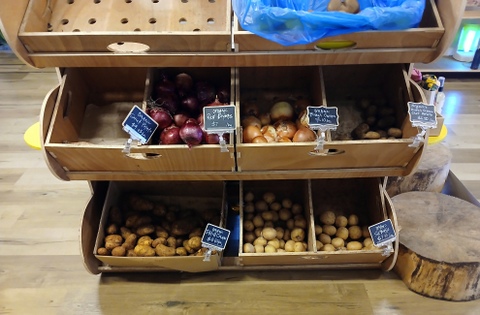
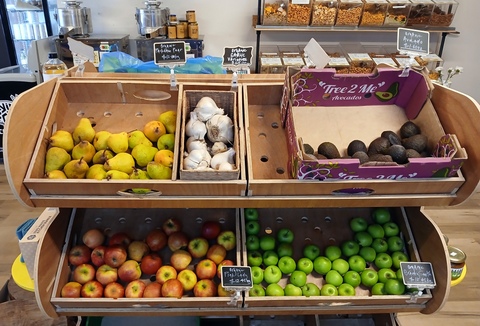
Packaging free shops are a great choice if you have access to one, our local one also has packaging free organic produce (photos with permission from Nom Bulk Foods)
Where this is not possible, consider other options within the hierarchy -
Replace plastic heavy materials with plastic light or plastic free alternatives, for example, replace food products supplied in plastic containers with ones in glass containers where possible, replace home food storage containers like Tupperware with glass containers with wooden lids, replace plastic toothbrushes with bamboo or wooden ones. Replace single use plastic fruit and veg bags in the greengrocer or supermarket with home made or bought fabric F&V bags. Replace mainstream tea bags with loose tea or certified plastic free teabags.
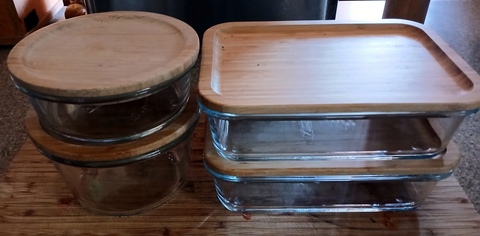
Reduce packaging waste by buying items in larger packages or bulk, or where possible provide your own recycled packaging, buy the product with the least amount of packaging, home produce your own food, cleaning products and other materials to reduce plastic waste. Buy from the butcher, greengrocer and fishmonger directly and supply your own containers rather than buying prepackaged in plastic from the supermarket.
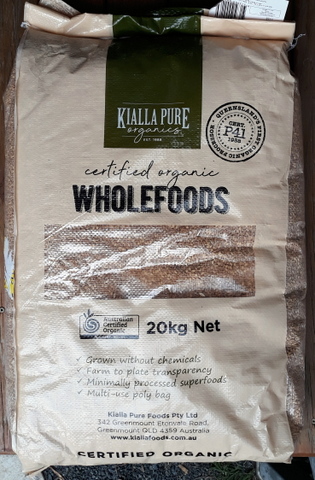
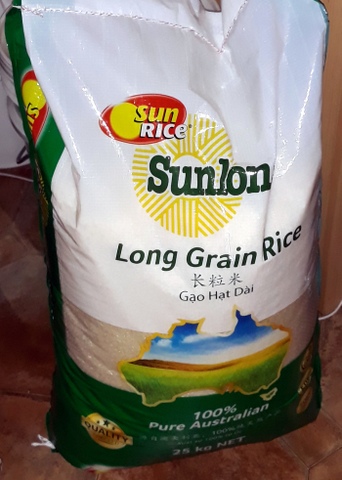
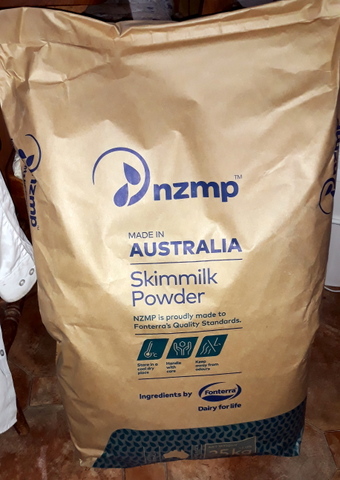
Bulk buying saves money and packaging and can be an opportunity to buy cooperatively with friends and family
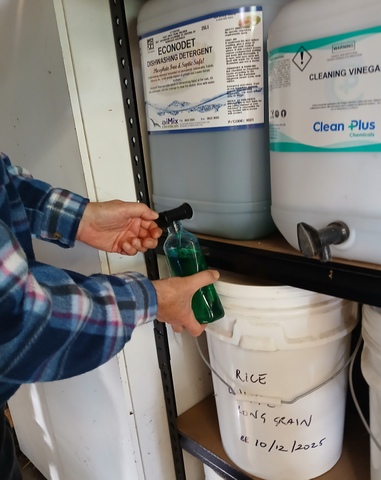
Bulk buying also works for cleaning products, often retailed in small plastic bottles
Reuse of plastic waste can be difficult, but options do exist such as products like washing detergent in plastic buckets that can be reused in various capacities around the home and garden. Also takeaway food containers that can be reused to store leftovers and excess food in the fridge or freezer, as pots in the garden or to grow sprouts in. Before buying materials in plastic packaging, consider their potential for reuse. Trigger spray bottles can be cleaned (assuming no nasties in the original product) and then used to apply homemade cleaners.
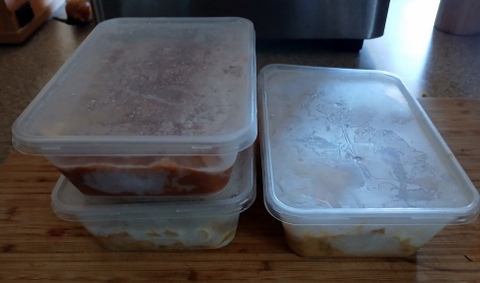
Pre-cooked meals and leftovers can be frozen in reused takeaway food containers
If none of the above work, then it is basically down to these last two ‘Rs’.
Recycle Placing recyclable plastics in your kerbside recycling bin (assuming your council provides such, if not contact them and ask why not!) but this does not cover all plastics so check with your council to find out which types of plastic they take. Just because the plastic is labelled as recyclable, does not mean that there is a system in place to recycle it. Soft plastics are generally not accepted in council recycle bins but there are now emerging systems by companies such as RecycleSmart and Terracycle to deal with these more difficult plastics.
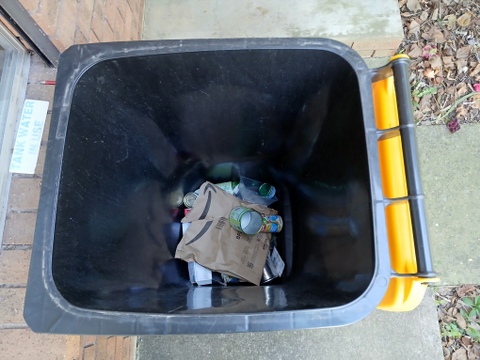
Having a yellow recycling bin can be handy, although there is ever much in ours
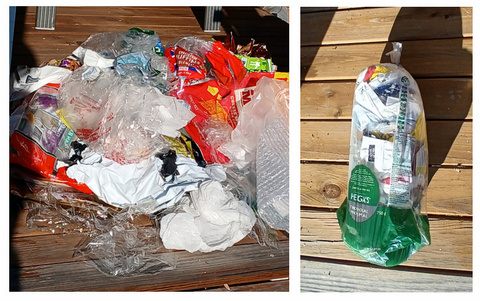
We compress and recycle our soft plastic packjaging through 'RecyleSmart'
Remove – When you have worked through the hierarchy of waste with all of you waste materials, this is for the residual waste you have left over where there is no option (currently) but to send it to landfill. It is better to accept this and ensure that the plastic that goes into the recycle bin can be recycled by the current system, than assume it is recyclable because it is plastic. Plastics that aren’t able to be recycled will cause problems where the recycling is sorted, and wind up in landfill anyway.
The quote by zero waste chef Anne-Marie Bonneau encapsulates the idea of imperfect plastic waste solutions: "We don't need a handful of people doing zero waste perfectly. We need millions of people doing it imperfectly".
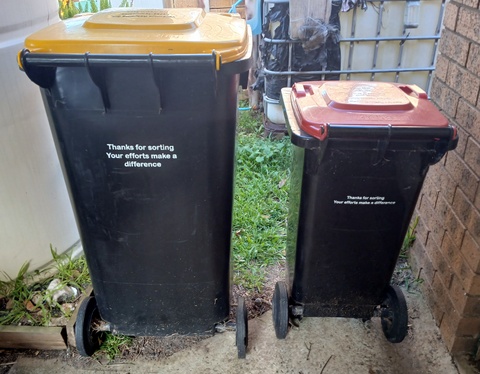
Our waste bin is the smallest available from out council and is never full, but it's still needed
Be Aware
Unfortunately, in this day and age, there are products on the market that appear, on the face of it, to be plastic free, but which have had plastic snuck into them by the manufacturer for various purposes. Examples of products of this nature include:
- Aluminium drink cans, they have a thin layer of plastic on the inside of the cans to prevent the contents from reacting with the aluminium.
- ‘paper’ disposable coffee cups have a thin layer of plastic on the inside surface of the paper to give the cup resistance to moisture and heat.
- Teabags (mentioned earlier) have a layer of plastic mesh as part of their construction to keep them sealed, prevent them from falling apart during brewing, and sometimes for structural support.
Another ‘R’ not really part of the hierarchy but that you may wish to consider is ‘Raise’ or to be more obtuse, ‘pick up’. That is to say, be part of the solution rather than the problem. While you are working though how to process your own plastic waste also consider plastic (and other) waste left in your local environment by others, and include it in your efforts to reduce the problems caused by plastic waste.
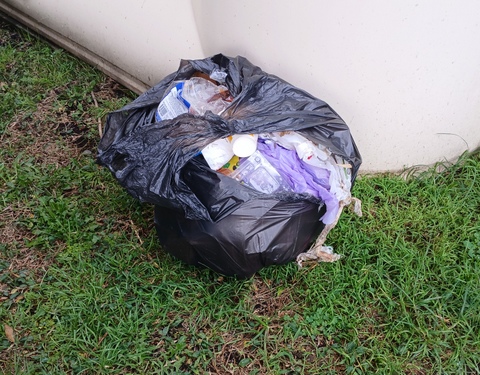
We have nice reserve down from where we live, I collected this bag of rubbish from there in about 30 minutes. 70%+ was plastic waste.
So, there you have it, my take on some of the options we have as individuals and consumers to reduce the volume of plastic waste entering environment. Every small win is still a win!


